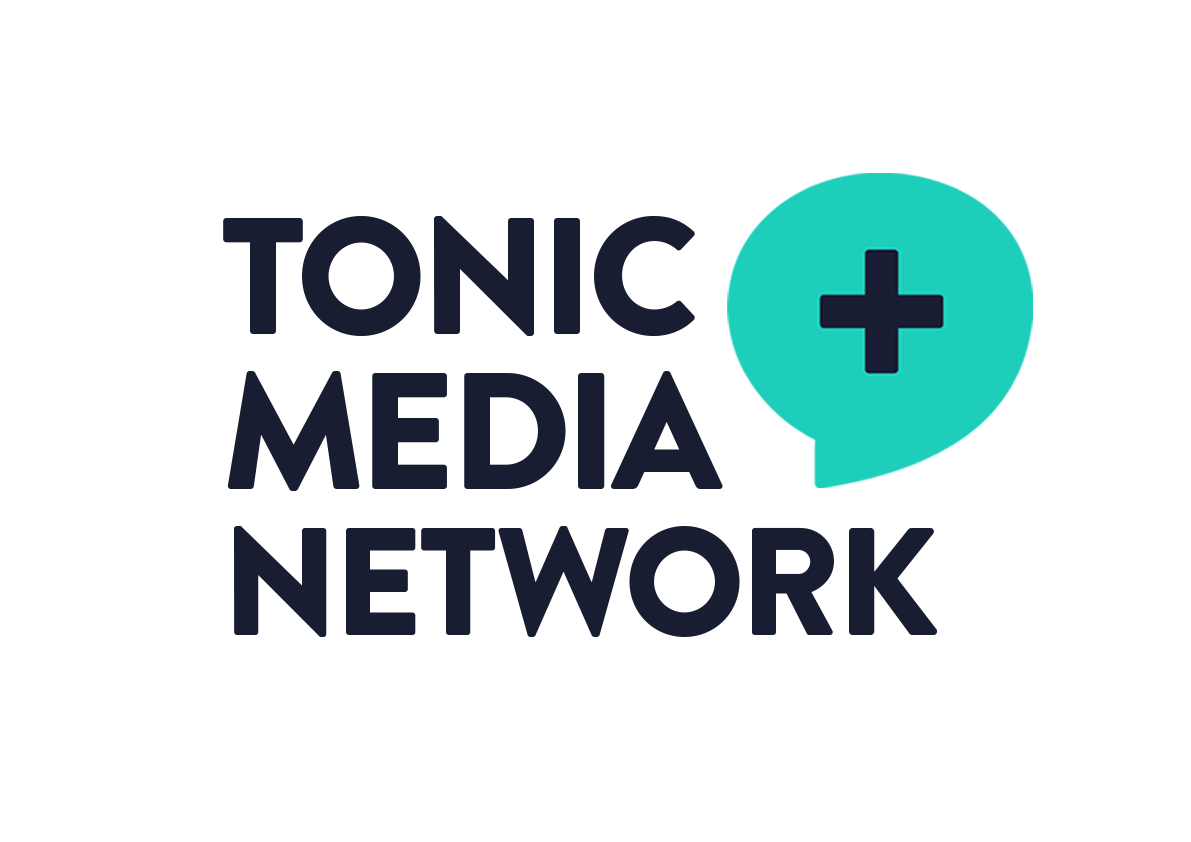Acai berries are everywhere. Your gym might offer acai shakes. Your favourite café almost certainly has acai bowls on the menu somewhere. It’s definitely a thing. People love acai and fork out serious money for their daily hit. The Australian Financial Review estimated that acai is a $750 million market.
Acai is marketed as hotching with bioactive compounds like flavonoids, anthocyanins and polyphenols which reduce biological rusting (oxidative stress) and have other beneficial effects on the body, which indeed they do. But acai berries aren’t the only source.
The acai berry comes from a tropical palm tree native to the Amazon and most of the world’s supply originates in Brazil, where there have been accusations of using child labour on the plantations. Acai usually comes as pulp or powder.
So here are a few caveats which might – in addition to the allegations of child labour, might make you pause for thought.
One is that any agricultural product varies in content according to changes in climate, soil quality, harvesting and transportation times before freezing. So, what’s on the packet may not reflect what you’re eating on that day. But that’s true of most fruits and vegetables.
You’re not doing yourself any harm with an acai breakfast assuming you’re not loading up on sugar and refined carbs in the bowl along with the berries. The question is whether acai berries are any better than other dark red or purple berries. And the answer may be no. Comparative analyses from reliable labs suggest that in fact blueberries may have a wider range of anthocyanins and raspberries and blackberries may have more bioactives as well.
The point is you will probably gain the same benefits from these berries at a lower cost. But hey, they’re not as exotic are they?
